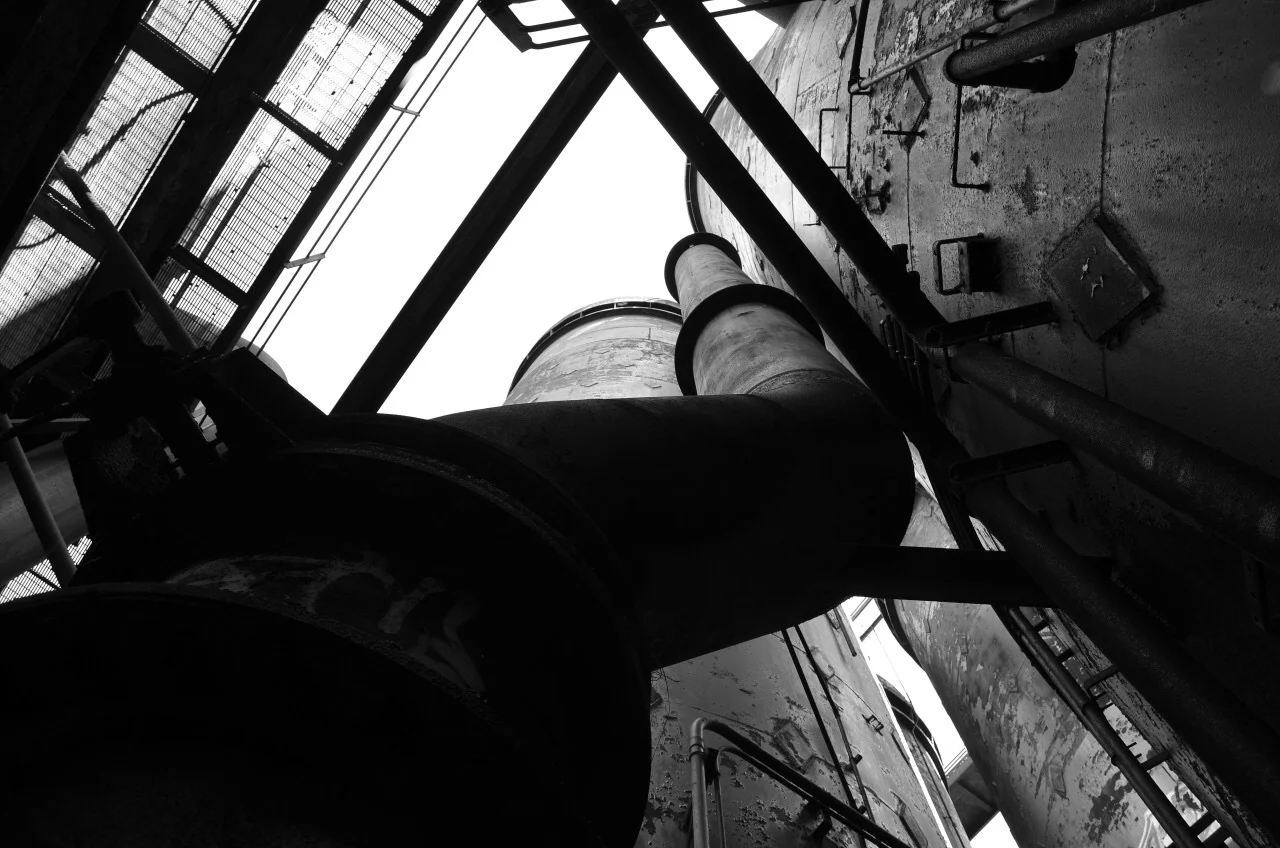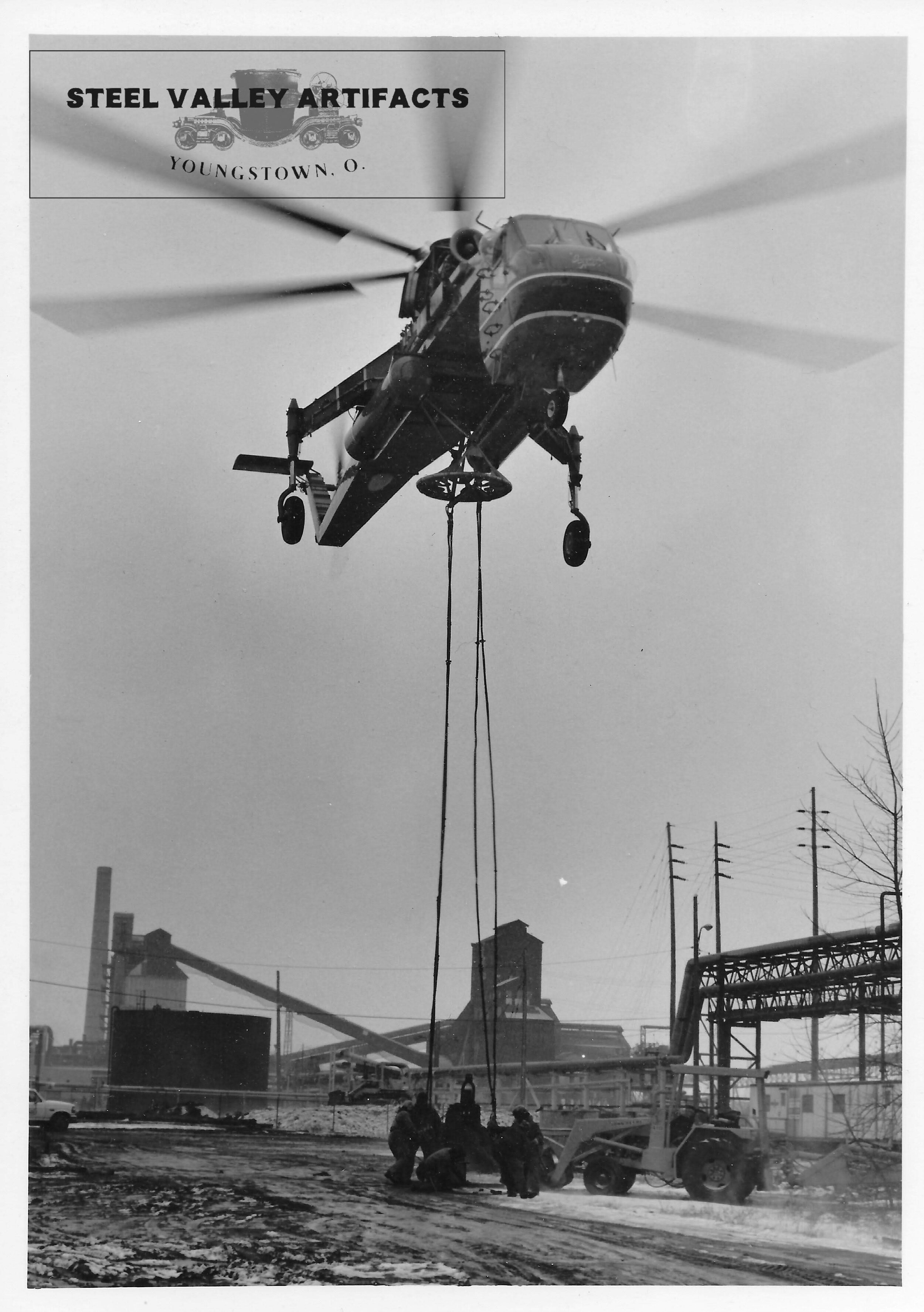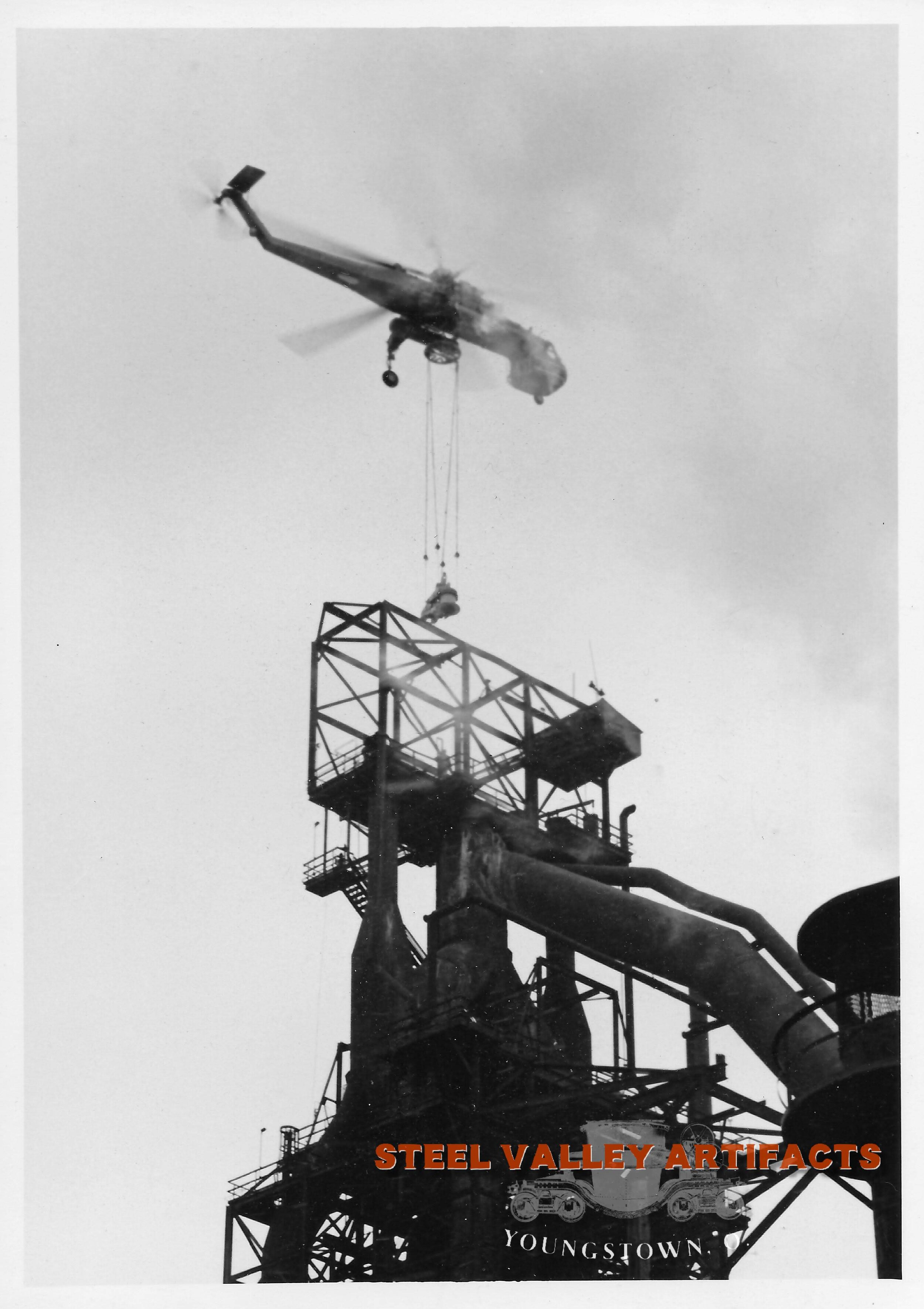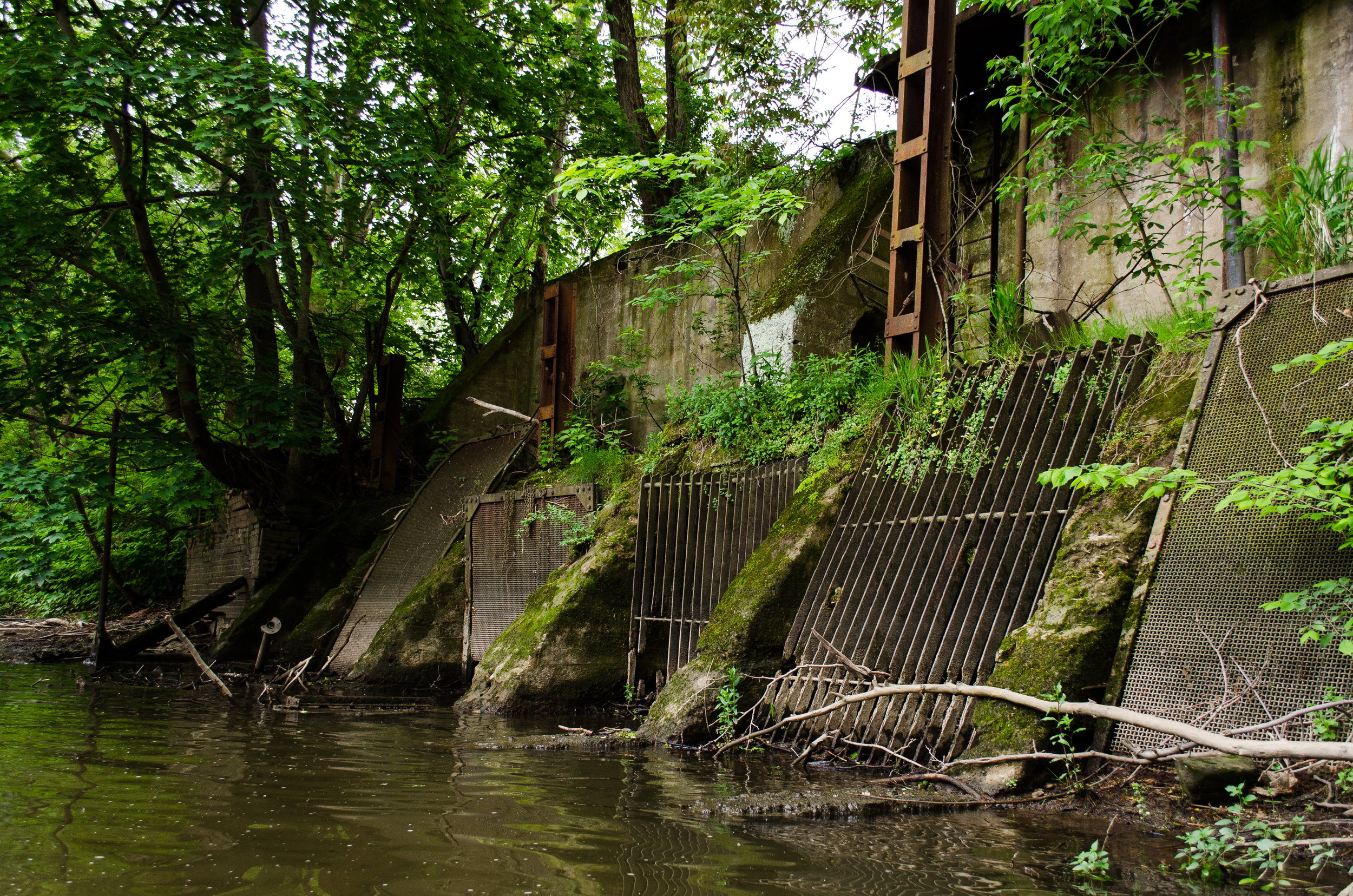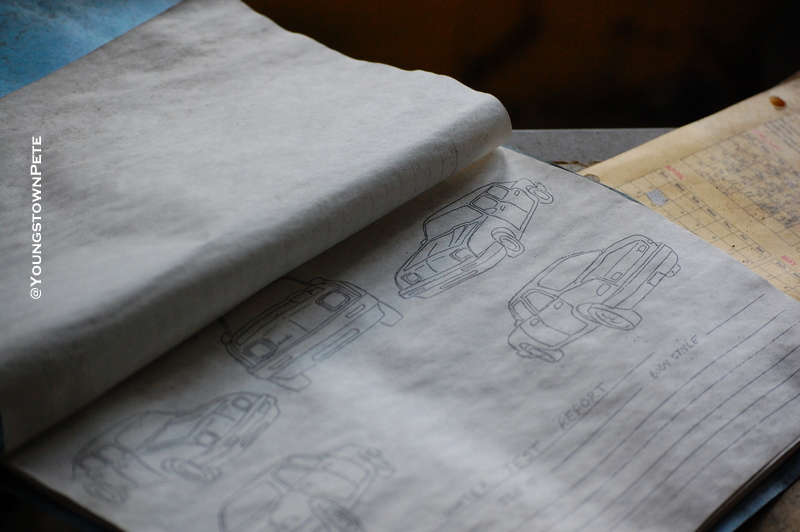Steel Valley, O. - The Mahoning River forms in Columbiana County and merges with the Shenango river just south of New Castle, PA to form the Beaver River.
This river served as the main artery for the miles and miles of steel mills that once lined the Mahoning. The mills used huge amounts of water for various purposes which was pumped in from the river, and eventually returned. Industrial waste and super heated water poured into the river for a century. The river did not freeze, even in the frigid north east Ohio winters, for decades. When the local steel industry began to collapse in the 70s and 80s the Mahoning finally began to freeze again, but even with the mills closed the river still showed the scars from the area's industrial past. The levels of heavy metals, PCBs and other contaminants made the Mahoning one of the most polluted in the United States.
There has always been a stigma around the river, people would say that there were three eyed fish that lived in it and that you would be poisoned if you swam in it. The river is cleaner now, it's safe to eat small amounts of the fish even, but people still made those comments when I told them I was going to 'yak the riv as they say.
Pollution or no pollution, I still wanted to explore the river to see the Steel Valley's industry from a vantage point that most people never have or will. Years ago, my cousin suggested we make a raft from 55 gallon drums and scrap lumber to float down the river, so I started doing a little research. I really wanted to float from Newton Falls, all down through Warren (WCI Steel was still in business then, it would have been something to pass between the blast fce. and BOF sides of the active mill), Niles, McDonald, Girard, Youngstown, Campbell, Struthers, Lowellville and New Castle through the remains of industry. I found a few river maps online, and saw that there were dams and obstructions that seemed like they could kill us all along the river so we tabled that idea.
Earlier this year I was contacted by Chuck Miller from the Mahoning River Paddling & Restoration Group who saw the story WFMJ TV21 did on this site. He was familiar with the river, how to kayak it safely, and offered to loan me a boat and take me from Youngstown to Lowellville. I let him know that hell yes I wanted to go.
We started just south of the abandoned steel truss bridge that was West Avenue when it still crossed the river. We paddled down past the B&O station, under the Peanut bridge and then the Marshall Street bridge. There were stretches of the Mahoning near that point that looked nothing like Youngstown, it was like being out in Cook's Forest. Very quiet, very beautiful. Peaceful. It's a shame the river has never been dredged and the dams have been left behind. If that happened it could be a terrific recreation area. I was there to see the dams though, there is something to be said about all of that industry being overtaken by nature.
The first industrial relic we came across was just past where the William Tod Co. / Wean United stood, south of the Market Street bridge. (No traces of the Tod Co. remained.) The Covelli Centre replaced Republic Steel, but the water intake still exisits. The same intake is pictured on this postcard and appears on this map dated 1884. Built to last in Youngstown.

